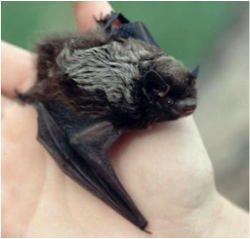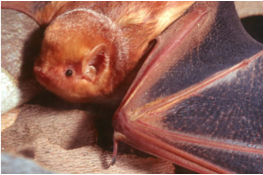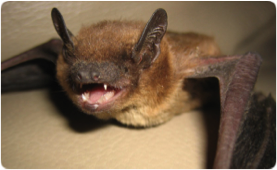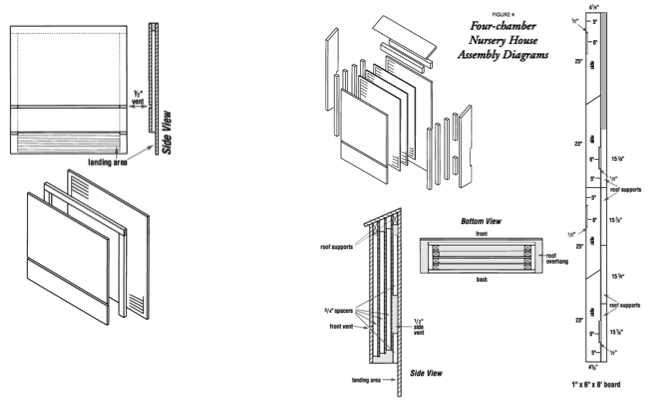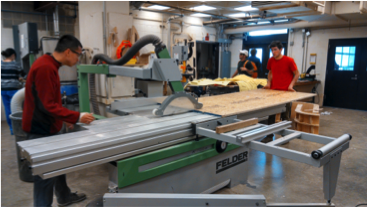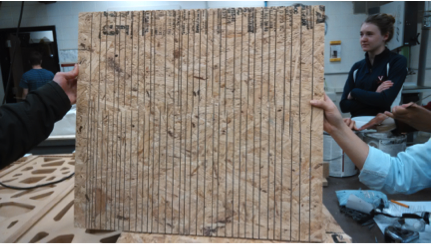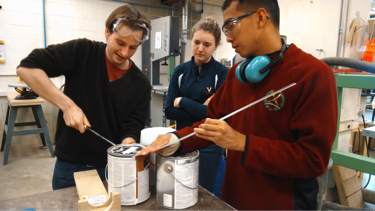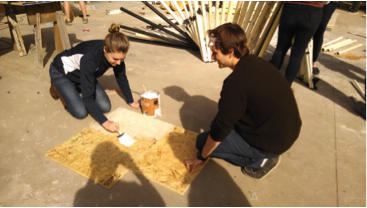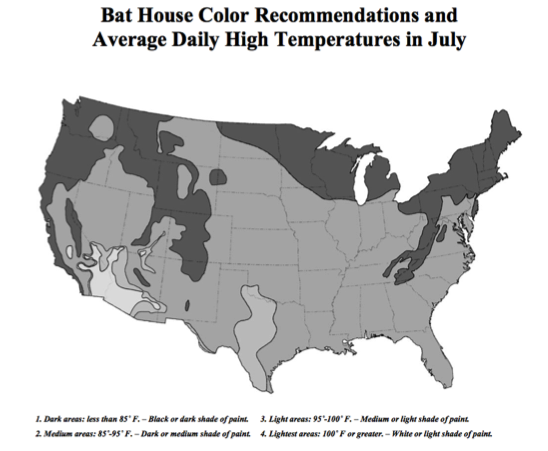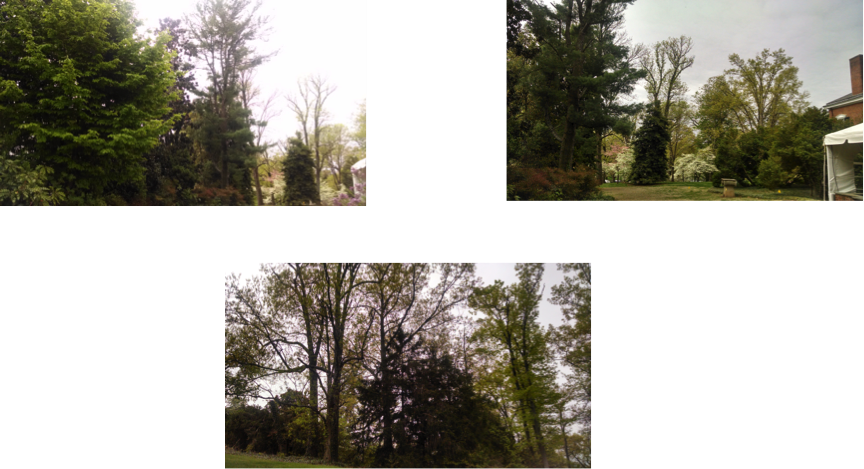People may wonder why are bat houses important?
Here are the main reasons. Bats will eat thousands of insects. One bat can eat thousands on insects in one night. Not many insects leads to less pesticides, which is good for the environment. By providing them a home, they will stay out of our homes. It provides bats with a secure home, which would help with the population decrease.
Here are the steps to building a bat house:
- Figure out what types of bats are around your area
- Pick the size of the house
- Decide on installation method
- BUILD!
- Study some guidelines for locations and the install
What types of bats are around Charlottesville?
According to Virginia.gov wildlife information, there are three species of bat in this area. They are silver haired bat, eastern red bat, and evening bat:
Silver haired bat: medium-sized
- About 3 ¾ to 4 5/8 inches long
- Brownish-black silver topped fur
Eastern Red Bat: medium-sized
- About 3 ½ to 4 ¾ inches long
- Bright red to rusty red with long silky fur
Evening Bat: small sized
- About 75-105 mm long
- Brown with short, sparse, dull brown fur
Bat houses range in size.
There are single chamber and four-chamber nurseries.
Installation Methods
Bat houses have two ways of installation. They can be mounted to the building or put on posts. The posts can be either wooden or steel. Single chamber houses do not work well on posts. Multi-chamber works better because they are more thermally stable.
BUILD Phase:
Our bat group decided to build our own bat house.
The steps include:
- Measure and cut plywood into 3 pieces with the following dimensions: 26 ½” x 24” 16 ½” x 24” 5” x 24”
2. Cut grooves on the landing area, 1/32” to 1/16” deep
3. Apply two coats of water-based stain
4. Attach furring strips to the back
5. Attach Roof
6. Paint: The color for the bat house depends on the location. Virginia is in an area with temperatures around 85 to 95 degrees, so dark or medium shade of paint is the best choice.
When installing bat houses here are some guidelines to pick the right location:
- sunny location on the East or the South side
- needs at least 6-8 hours of direct sunlight
- should not be lit by bright lights, such as lights from utility poles
- better if located along forest or water edges
- the best place is in areas where there is a diverse habitat abundant with mixture of varied agriculture used and natural vegetation.
- bat house should be at least 10 feet above the ground
- it is recommended to test the bat house before putting up more than 3 houses
INSTALL Phase:
We are thinking of installing the bat house in the vicinity of the President’s House and Campbell Hall (Architecture School). Near the President’s House there are many tall trees and diversity of ecosystem.
Another possibility is putting the bat house in the forest of trees beside Campbell Hall or in the forest of trees along the way up the hill to the side of Campbell Hall.
Sources:
http://www.batconservation.org/bat-houses
http://www.dgif.virginia.gov/wildlife/information/?s=050033
http://www.batcon.org/index.php/get-involved/install-a-bat-house/subcategory/42.html
Photo Credits
http://www.kentuckyawake.org/Eastern_Red_Bat
http://www.orlandorats.com/bats-of-florida.htm
Post by Arisa Chentaphun, Fourth-Year, Architecture
